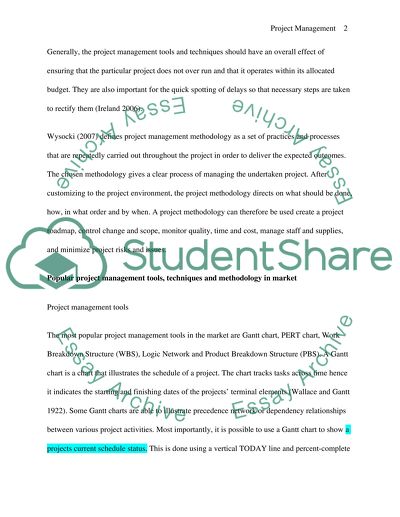Cite this document
(“Project management Essay Example | Topics and Well Written Essays - 2000 words - 1”, n.d.)
Retrieved from https://studentshare.org/macro-microeconomics/1390458-project-management
Retrieved from https://studentshare.org/macro-microeconomics/1390458-project-management
(Project Management Essay Example | Topics and Well Written Essays - 2000 Words - 1)
https://studentshare.org/macro-microeconomics/1390458-project-management.
https://studentshare.org/macro-microeconomics/1390458-project-management.
“Project Management Essay Example | Topics and Well Written Essays - 2000 Words - 1”, n.d. https://studentshare.org/macro-microeconomics/1390458-project-management.


